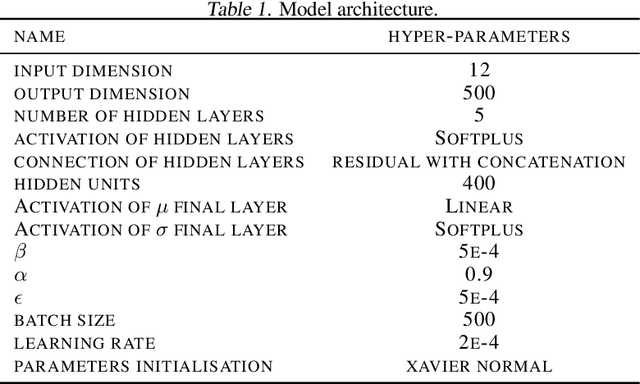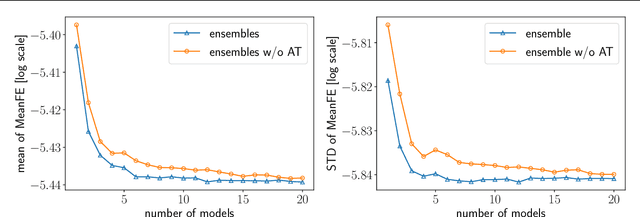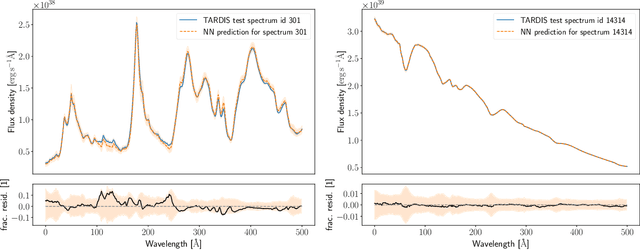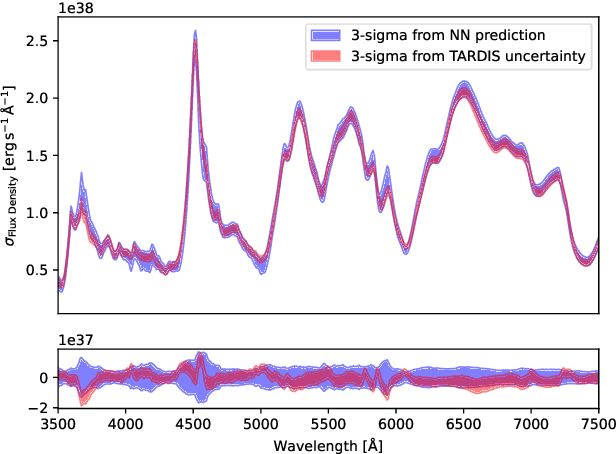Jack O'Brien
Beyond Context Limits: Subconscious Threads for Long-Horizon Reasoning
Jul 22, 2025Abstract:To break the context limits of large language models (LLMs) that bottleneck reasoning accuracy and efficiency, we propose the Thread Inference Model (TIM), a family of LLMs trained for recursive and decompositional problem solving, and TIMRUN, an inference runtime enabling long-horizon structured reasoning beyond context limits. Together, TIM hosted on TIMRUN supports virtually unlimited working memory and multi-hop tool calls within a single language model inference, overcoming output limits, positional-embedding constraints, and GPU-memory bottlenecks. Performance is achieved by modeling natural language as reasoning trees measured by both length and depth instead of linear sequences. The reasoning trees consist of tasks with thoughts, recursive subtasks, and conclusions based on the concept we proposed in Schroeder et al, 2025. During generation, we maintain a working memory that retains only the key-value states of the most relevant context tokens, selected by a rule-based subtask-pruning mechanism, enabling reuse of positional embeddings and GPU memory pages throughout reasoning. Experimental results show that our system sustains high inference throughput, even when manipulating up to 90% of the KV cache in GPU memory. It also delivers accurate reasoning on mathematical tasks and handles information retrieval challenges that require long-horizon reasoning and multi-hop tool use.
Probabilistic Dalek -- Emulator framework with probabilistic prediction for supernova tomography
Sep 20, 2022



Abstract:Supernova spectral time series can be used to reconstruct a spatially resolved explosion model known as supernova tomography. In addition to an observed spectral time series, a supernova tomography requires a radiative transfer model to perform the inverse problem with uncertainty quantification for a reconstruction. The smallest parametrizations of supernova tomography models are roughly a dozen parameters with a realistic one requiring more than 100. Realistic radiative transfer models require tens of CPU minutes for a single evaluation making the problem computationally intractable with traditional means requiring millions of MCMC samples for such a problem. A new method for accelerating simulations known as surrogate models or emulators using machine learning techniques offers a solution for such problems and a way to understand progenitors/explosions from spectral time series. There exist emulators for the TARDIS supernova radiative transfer code but they only perform well on simplistic low-dimensional models (roughly a dozen parameters) with a small number of applications for knowledge gain in the supernova field. In this work, we present a new emulator for the radiative transfer code TARDIS that not only outperforms existing emulators but also provides uncertainties in its prediction. It offers the foundation for a future active-learning-based machinery that will be able to emulate very high dimensional spaces of hundreds of parameters crucial for unraveling urgent questions in supernovae and related fields.
 Add to Chrome
Add to Chrome Add to Firefox
Add to Firefox Add to Edge
Add to Edge